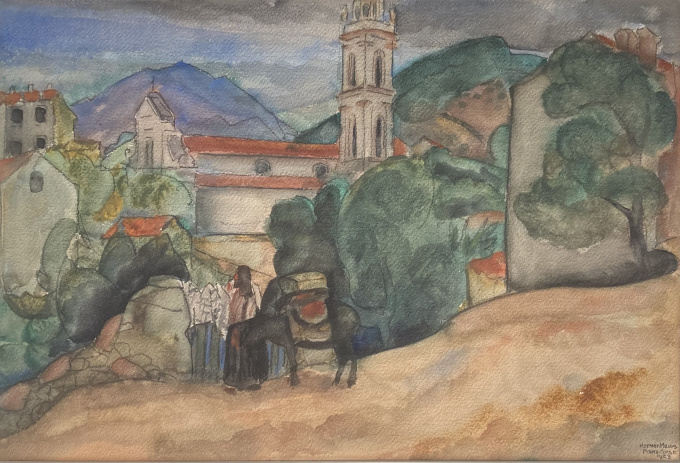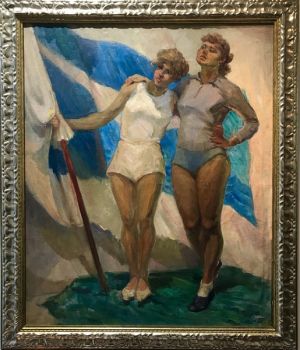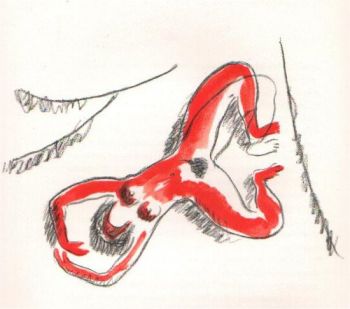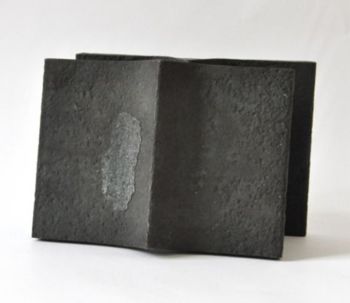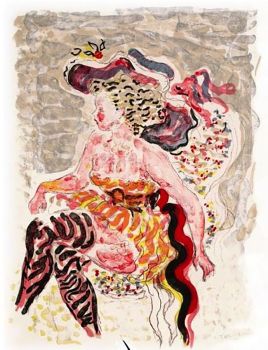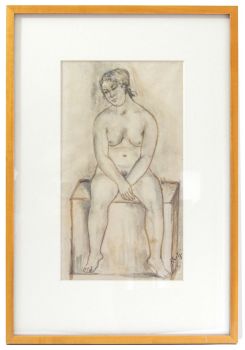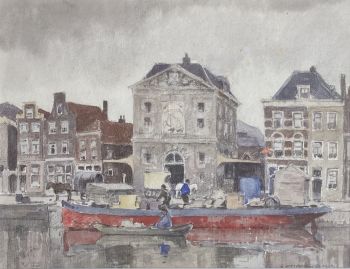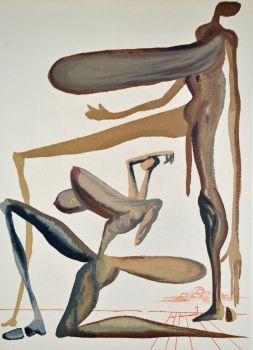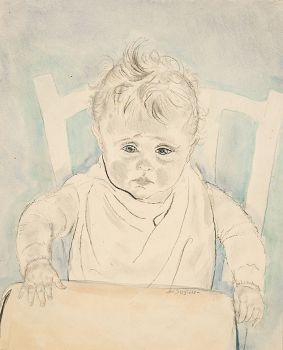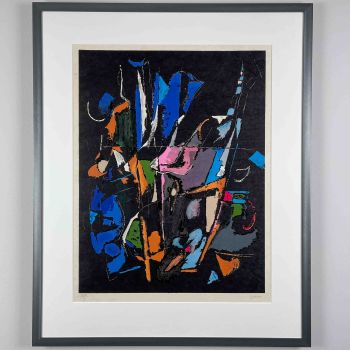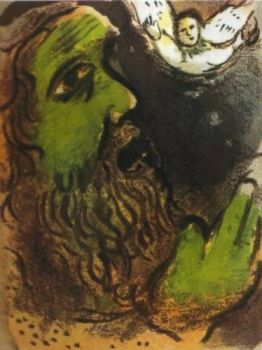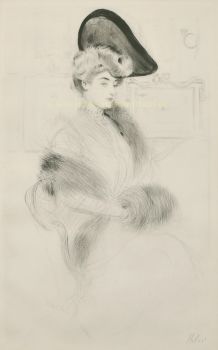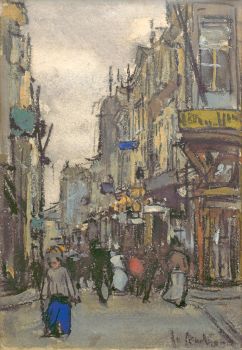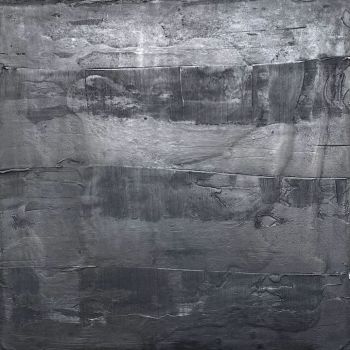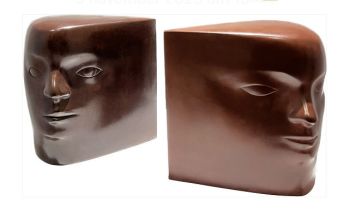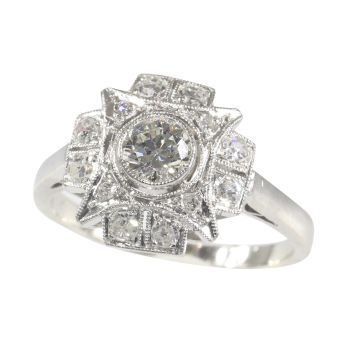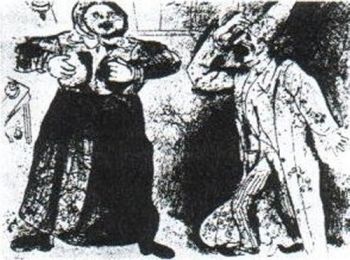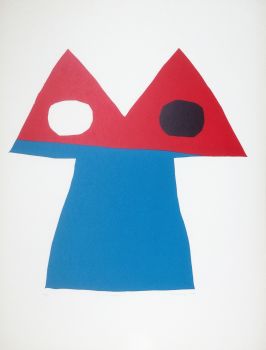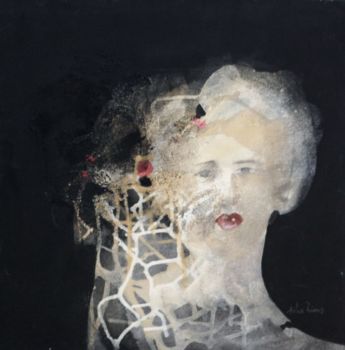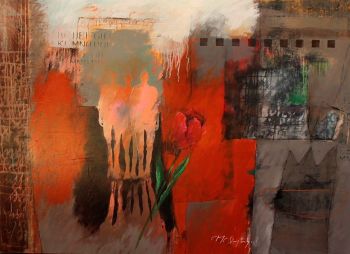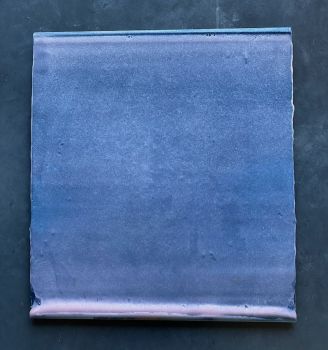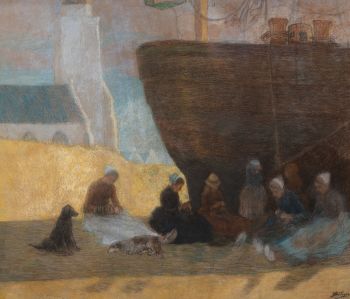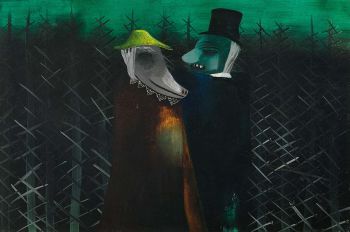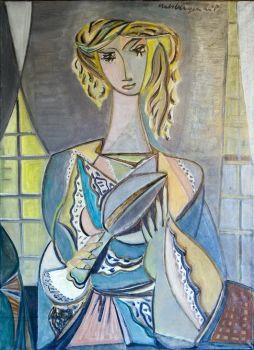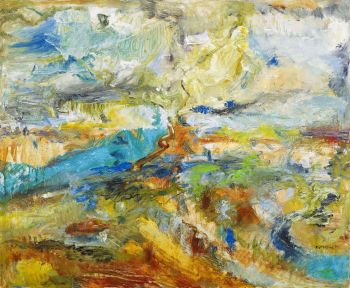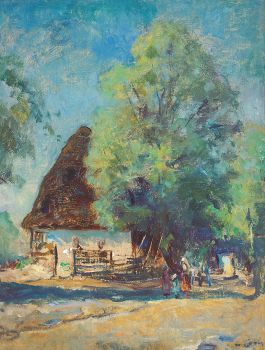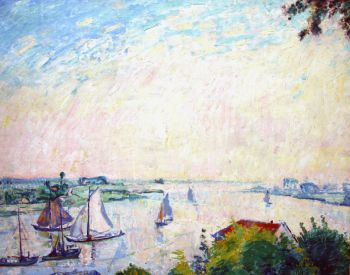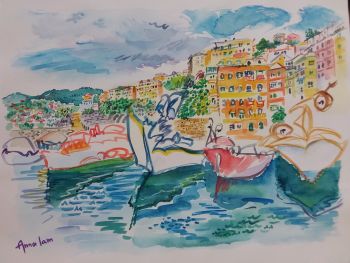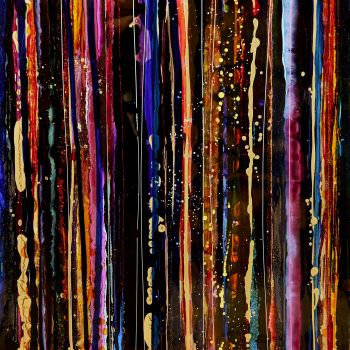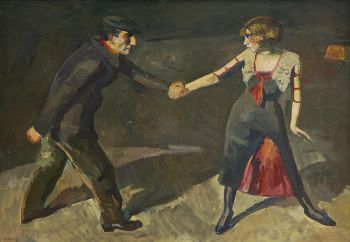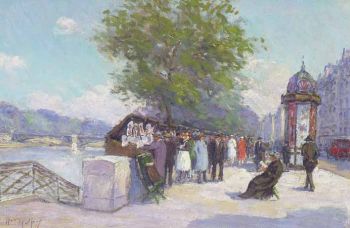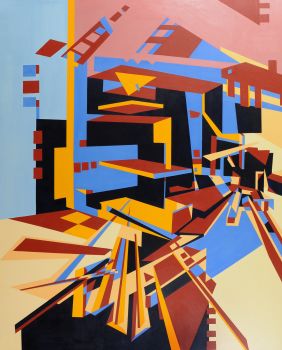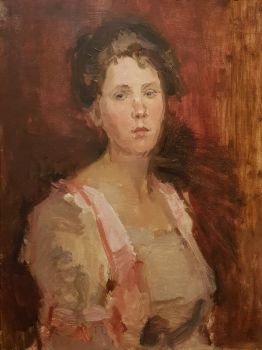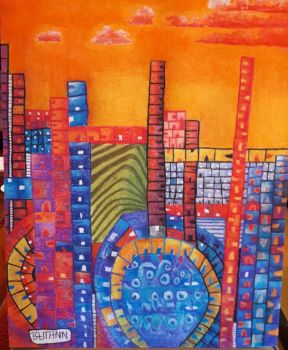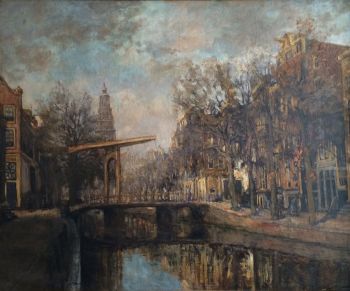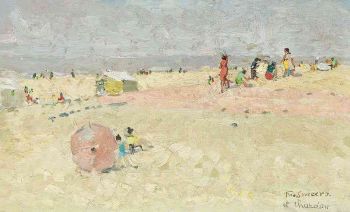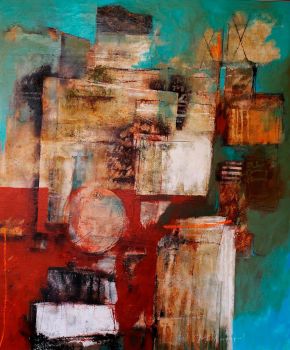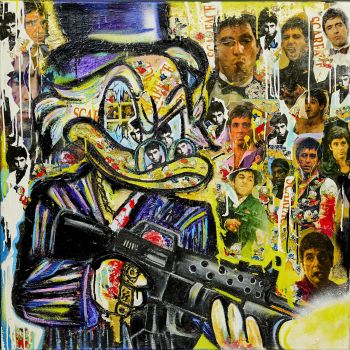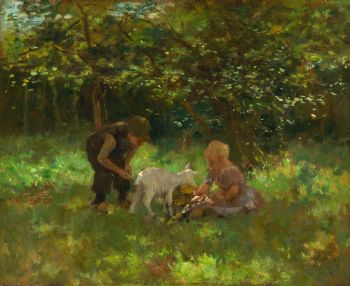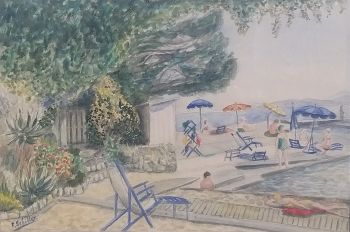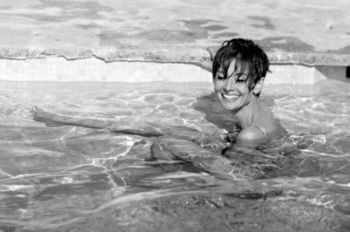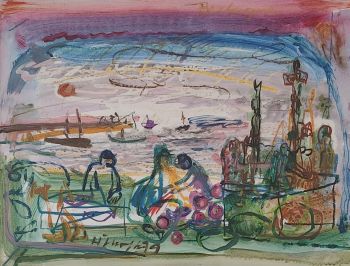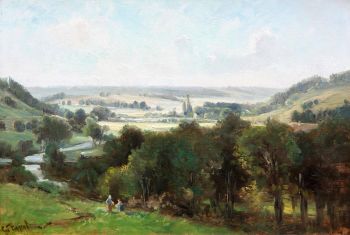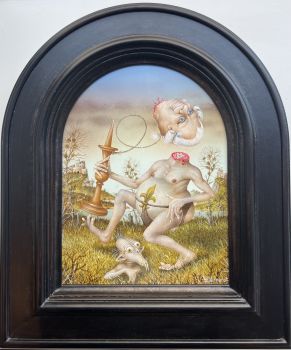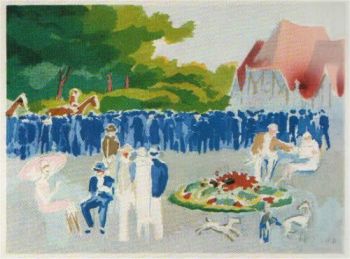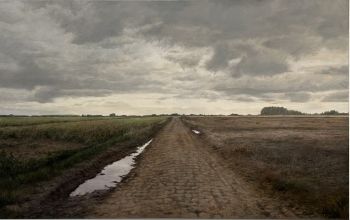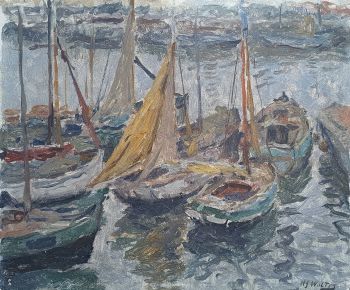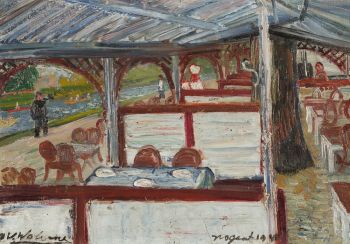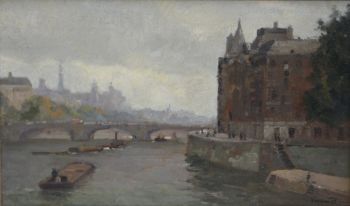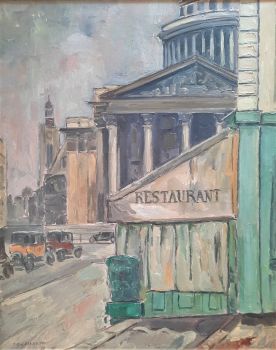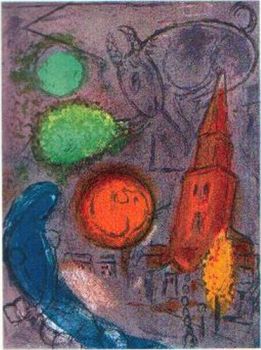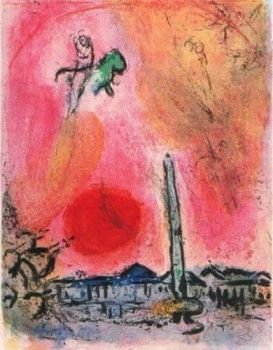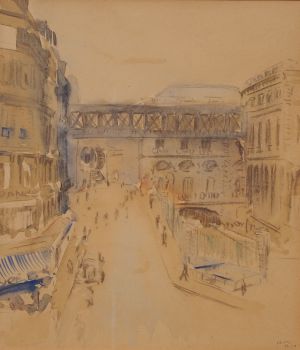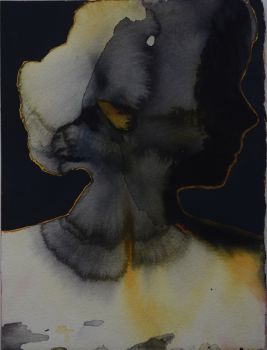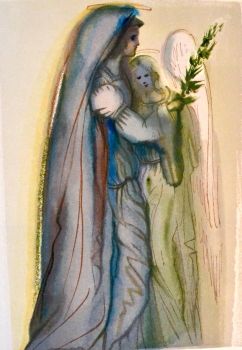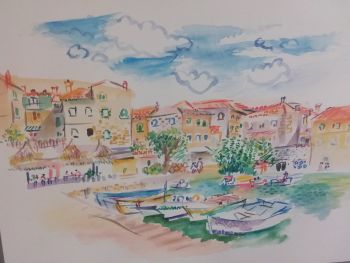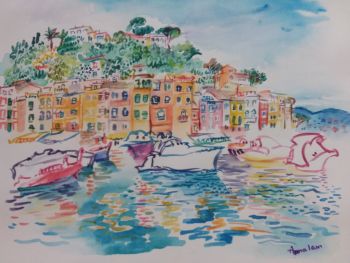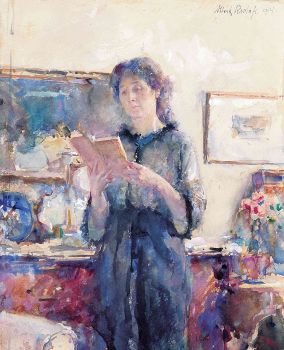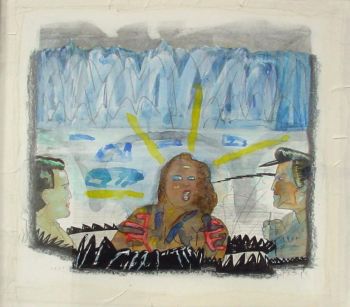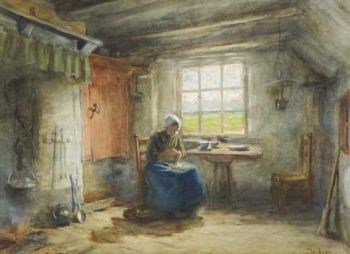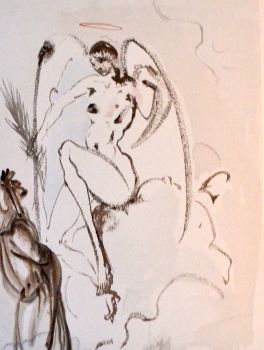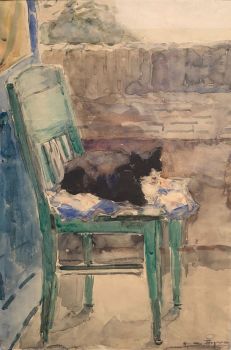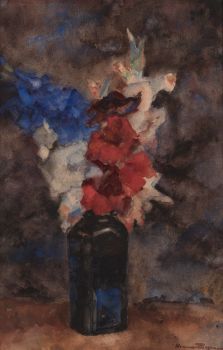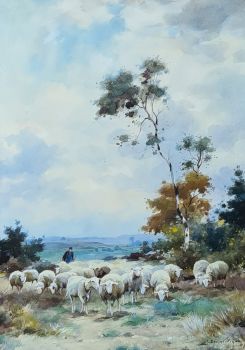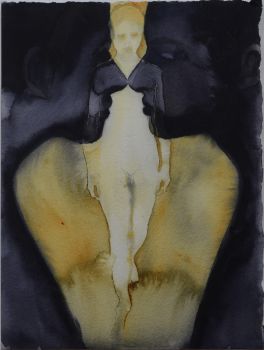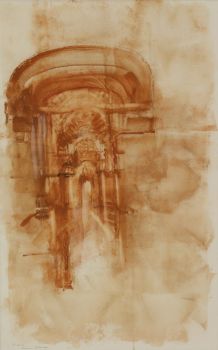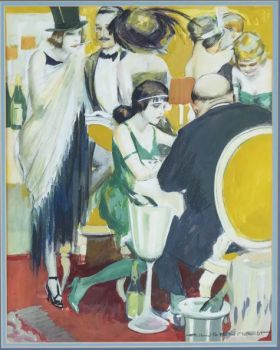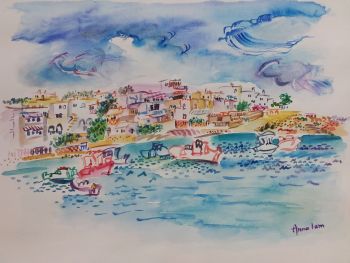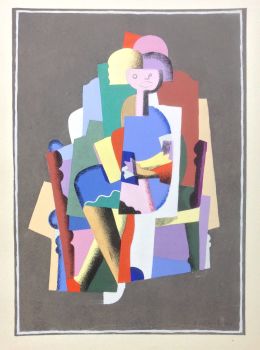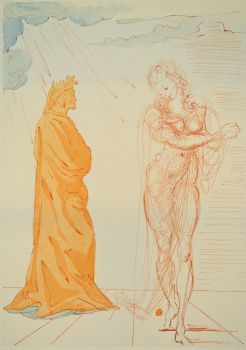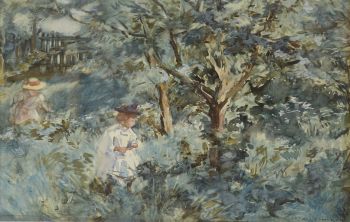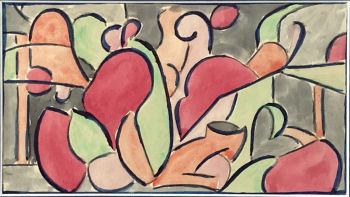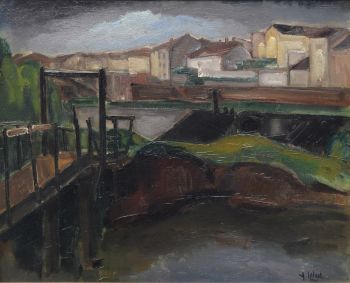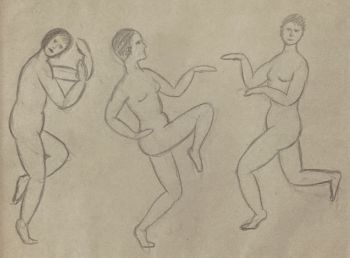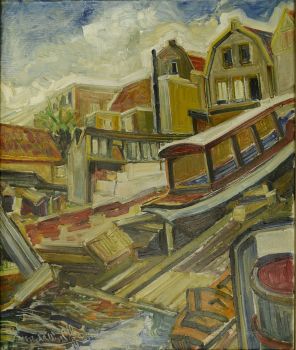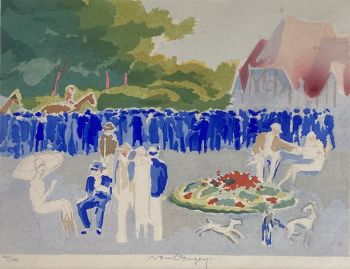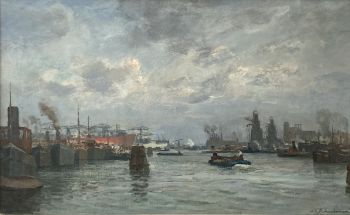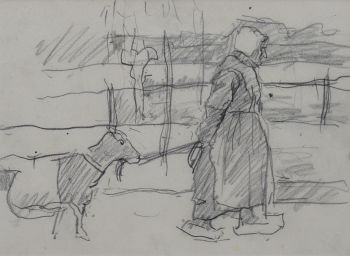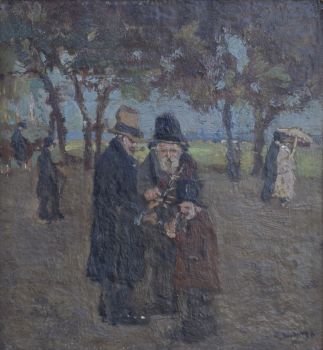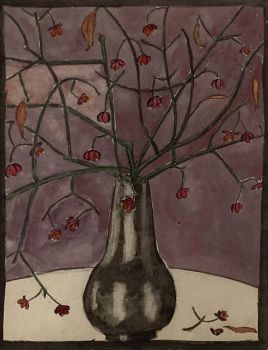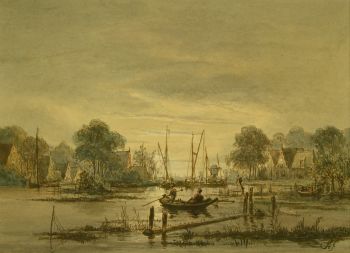Piana Corsica 1923
Harmen Meurs
Aquarela
33.50 ⨯ 49.50 cm
Atualmente indisponível via Gallerease
Artiquair
- Sobre arteMeurs studied in the evenings at the Rijksakademie van Beeldende Kunsten in Amsterdam. He lived and worked mainly in Wageningen, Amsterdam and he traveled a lot to France. From 1919, Meurs was able to run his own studio. In the same year he joined the artist group De Onafhankelijken. Which artist spent a lot of time at Corsica.
As a painter, Meurs developed into a successful artist, who also exhibited abroad. He painted landscapes, figures and still lifes in an initially post-impressionistic style. Because he was inspired by the Cubism expressionism (Bergense School) and the Fauvism of Kees van Dongen (1877-1968), his work became increasingly realistic from the 1920s. It showed a relationship with the 'Neue Sachlichkeit'. From 1925 he started to work more realistically.
Harmen Meurs was friends with Carel Willink (1900-1983). Willink later characterized the painter as a 'dandy' because of his always neat clothing and appearance. With neatly trimmed long sideburns. This was not to say, however, that Meurs was only active in elite artistic circles. On the contrary.
Meurs was appointed chairman of The Independents in 1929. In this position he organized the controversial exhibitions Neue Sachlichkeit (1929) and of French and Belgian surrealists (1930).
As an anti-fascist, he expressed his social commitment and political stance by bringing in a banned exhibition from Berlin in 1933 - as chairman of the Independents. The Amsterdam mayor Van der Vlugt and director Baard of the Stedelijk Museum banned the exhibition.
During the occupation he refused to become a member of the Reichskulturkammer and thus became isolated as an artist. During the war he continued to paint anti-Nazi works. After the occupation he left Amsterdam and moved into a house near Putten with his wife, the Jewish painter Berthe Edersheim.
After the war he led a more or less withdrawn life. Disappointed with what had happened in WW II. - Sobre artista
Harmen Hermanus Meurs foi um pintor e aquarelista holandês. Entre 1909 e 1912 frequentou a Rijksschool voor Kunstnijverheid e a Rijksakademie van Beeldende Kunsten (Academia Nacional de Belas Artes), ambas em Amesterdão. Foi ensinado por Louis Raemaekers, cartunista político. Em 1918, Meurs se juntou à associação artística De Onvangenen (Os Independentes). Ele foi seu presidente até 1932.
Meurs tornou-se um artista conhecido que também expôs no exterior. Pintou paisagens, paisagens urbanas e retratos, mas se especializou principalmente em pintar cenas de camponeses e naturezas-mortas de flores. Seu estilo inicialmente era pós-impressionista. Mais tarde, ele foi inspirado pelo expressionismo e fauvismo. A partir de 1925, seu trabalho ficou mais realista e se assemelhava à 'Neue Sachlichkeit' (Nova Objetividade).
Ele era ativo na Holanda e na França. Ele foi a Paris para uma exposição de surrealismo alemão e belga em 1930, em nome de De Onvangenen. Essa exposição, no Museu Stedelijk, foi a primeira exposição sobre surrealismo na Holanda.Meurs foi um feroz oponente dos nazistas e mostrou isso em suas obras. Ele se recusou a se tornar membro do Reichskulturkammer e se isolou como artista. Após a guerra, viajou para a Espanha e a França. Meurs continuou pintando até sua morte em 1964.
Você está interessado em comprar esta obra de arte?
Artwork details
Related artworks
- 1 - 1 / 1
 Com curadoria de
Com curadoria deGallerease Magazine
Johann Loetz (Lötz) Witwe Klostermühle
Johann Loetz Witwe - Phänomen Genre 7773 – Orange1900 - 1910
Preço em pedidoAntiques Emporium
1 - 4 / 24- 1 - 4 / 24
Herman Bogman jr.
Le Pont au Change et Le Conciergerie in Paris 1935 - 1945
Preço em pedidoAdelwein Kunst
1 - 4 / 20Adrianus Johannes Groenewegen
Schaapsherder met kudde1874 - 1963
Preço em pedidoGalerie Het Noorderlicht
Artista Desconhecido
IMPORTANTE E RARA GRANDE PINTURA DE 'ESTILO DE EMPRESA' ÍNDIO EM MARFIM QUE REPRESENTA UM DESFILE1850 - 1900
Preço em pedidoZebregs & Röell - Fine Art - Antiques
 Com curadoria de
Com curadoria deDanny Bree
1 - 4 / 24- 1 - 4 / 12

